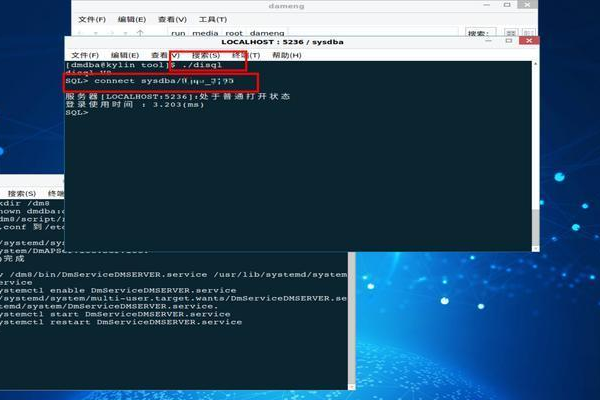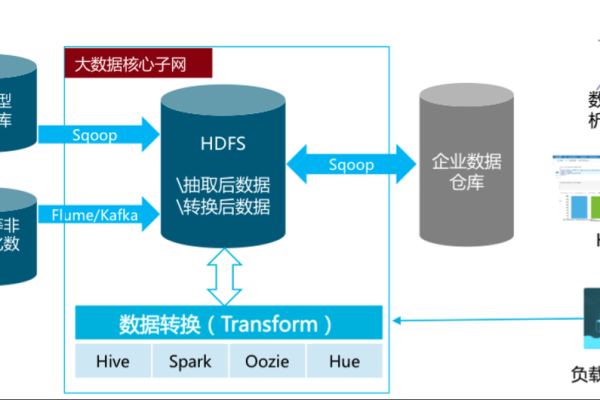如何通过PHP连接MySQL数据库?实例教程详解!
- 行业动态
- 2024-12-23
- 6
$conn = new mysqli('host', 'username', 'password', 'database');,然后通过 $conn->query()执行SQL语句。
通过PHP连接MySQL数据库的实例
在现代Web开发中,使用PHP和MySQL的组合是非常常见的,PHP是一种流行的服务器端脚本语言,而MySQL是一个广泛使用的开源关系型数据库管理系统,本文将详细介绍如何通过PHP连接到MySQL数据库,并提供一个完整的示例代码。
安装和配置环境
你需要确保你的开发环境中已经安装了PHP和MySQL,以下是一些基本步骤:
1、安装PHP:可以从PHP官方网站下载并安装最新版本的PHP。
2、安装MySQL:同样地,你可以从MySQL官方网站下载并安装最新版本的MySQL。
3、配置环境变量:确保PHP和MySQL的执行文件路径已添加到系统的环境变量中,以便在命令行中使用它们。

创建数据库和表
为了演示如何通过PHP连接MySQL数据库,我们需要先创建一个数据库和一个表,以下是一个简单的例子:
CREATE DATABASE testdb;
USE testdb;
CREATE TABLE users (
id INT AUTO_INCREMENT PRIMARY KEY,
name VARCHAR(50) NOT NULL,
email VARCHAR(50) NOT NULL
); 编写PHP代码连接数据库
下面是一个完整的PHP代码示例,用于连接到MySQL数据库并进行简单的查询操作。
<?php
// 数据库连接参数
$servername = "localhost";
$username = "root";
$password = "your_password";
$dbname = "testdb";
// 创建连接
$conn = new mysqli($servername, $username, $password, $dbname);
// 检查连接是否成功
if ($conn->connect_error) {
die("连接失败: " . $conn->connect_error);
}
echo "连接成功";
// 插入数据
$sql = "INSERT INTO users (name, email) VALUES ('John Doe', 'john@example.com')";
if ($conn->query($sql) === TRUE) {
echo "新记录插入成功";
} else {
echo "Error: " . $sql . "<br>" . $conn->error;
}
// 查询数据
$sql = "SELECT id, name, email FROM users";
$result = $conn->query($sql);
if ($result->num_rows > 0) {
// 输出每行数据
while($row = $result->fetch_assoc()) {
echo "id: " . $row["id"]. " Name: " . $row["name"]. " " . "Email: " . $row["email"]. "<br>";
}
} else {
echo "0 结果";
}
$conn->close();
?> 运行代码并查看结果
将上述PHP代码保存为一个.php文件(例如index.php),然后将其放置在你的Web服务器根目录下(例如Apache的htdocs目录),在浏览器中访问该文件,你应该能够看到类似以下的输出:
连接成功 新记录插入成功 id: 1 Name: John Doe Email: john@example.com
FAQs
Q1: 为什么我的PHP代码无法连接到MySQL数据库?

A1: 可能的原因有很多,包括但不限于以下几点:
数据库服务器未运行或地址错误。
用户名或密码不正确。
PHP未正确配置以支持MySQL扩展。
防火墙阻止了连接。

建议检查以上各项,并确保所有配置正确无误。
Q2: 如何在PHP中处理MySQL错误?
A2: 在PHP中,可以使用mysqli对象的方法来检测和处理错误,使用connect_error属性可以获取连接错误的详细信息,使用error属性可以获取SQL执行过程中的错误信息,还可以使用try...catch块来捕获异常并进行适当的处理。
小编有话说:通过本文的介绍,相信大家已经掌握了通过PHP连接MySQL数据库的基本方法,在实际开发中,还需要注意安全性问题,比如使用预处理语句防止SQL注入攻击等,希望本文对你有所帮助!
















